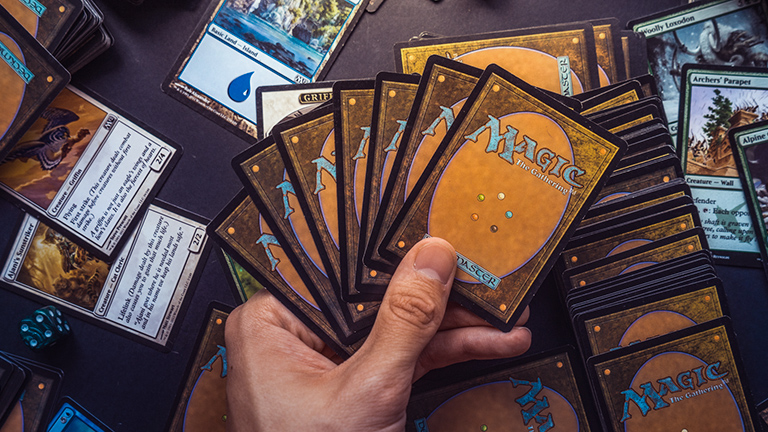
As a long-time Magic: the Gathering (MTG) player, one thing I’ve come to appreciate is that keeping sealed products untouched can be one of the most reliable long-term investments in the hobby. While singles rise and fall depending on the competitive metagame, sealed booster boxes, collector packs, and specialty products tend to retain a kind of stability over time.
The market often rewards patience, and players or collectors who resist the urge to crack packs frequently find themselves holding onto products that are worth far more than their original purchase price.
The first reason sealed Magic: the Gathering products make good investments is scarcity. Once a set is out of print, Wizards of the Coast no longer produces additional sealed boxes, and the supply begins to dwindle. Collectors and players who want to relive old draft formats or chase cards from nostalgic sets eventually create demand for those limited boxes. This phenomenon can be observed in older sets, such as Zendikar or Innistrad, whose booster boxes now sell for multiples of their original MSRP. Simply put, unopened products are finite, and scarcity always drives long-term value.
Second, sealed products hold intrinsic mystery and excitement. A single booster box has the potential to contain highly valuable chase cards, foils, or mythics that could be worth more than the box itself. Buyers in the secondary market are willing to pay a premium for the chance to open “lottery tickets” like original fetch lands, shock lands, or even serialized cards in newer collector boosters. Unlike singles, which have a known and fluctuating value, sealed packs preserve that aura of possibility indefinitely. This keeps them attractive for both investors and nostalgic players alike.
Third, sealed products offer experiences that singles cannot. Entire communities of players enjoy drafting older sets or recreating historic limited environments. As time passes, the opportunity to draft formats like Modern Masters, Time Spiral, or Innistrad becomes increasingly rare, making sealed boxes highly desirable. Collectors and store owners often pay high premiums for them just to host special events, and that demand can steadily push sealed product prices upward year after year. This unique utility adds an extra layer of stability to sealed investments.
Beyond these three main reasons, keeping Magic: the Gathering products sealed also protects against card-specific risks. Singles may rise in value quickly, but they are vulnerable to reprints that can tank their price overnight. Sealed boxes, however, retain their historical context, nostalgia, and draft value regardless of reprints. Even if the most valuable card in a set gets reprinted, the original sealed product itself often remains highly sought after. That insulation from reprint volatility gives sealed investments an edge over individual card speculation.
In the end, keeping Magic: the Gathering products sealed comes down to patience and long-term vision. Scarcity, mystery, and experiential value all combine to make booster boxes and specialty products reliable assets in the world of collectible card games.
While it can be tempting to crack packs for the thrill of opening, holding onto them sealed usually offers better rewards for players who view Magic not just as a game, but as a collection and investment opportunity. For those who want to blend their love of the game with financial foresight, sealed product is one of the smartest ways to do it.
Thanks for reading.
